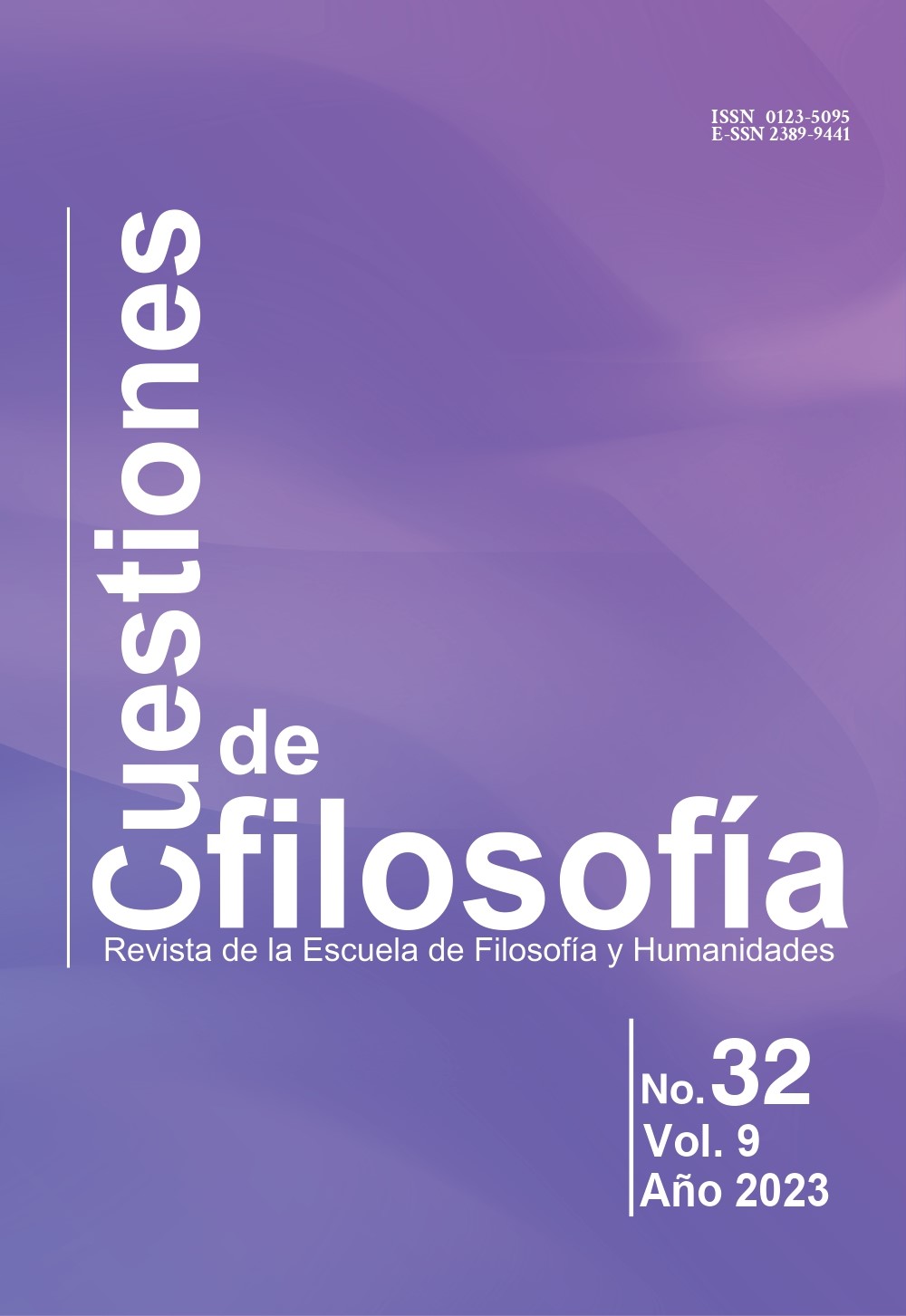From the death of art to its dispersion

Abstract
Since Hegel declared art as a "thing of the past", different perspectives have discussed its possibilities of existence and its dawn, while art itself has been put in the uncomfortable position of having its ontological conditions and spaces of circulation completely undefined. However, this lack of definition has allowed certain operations and ways of art-making to move towards more open, non-institutional spaces. Once a hermeneutical route has been traced from hegelian aesthetics to the present -from analysis models like Visual Studies, Boris Groys or Nicolas Bourriaud's theories, or Jordi Claramonte's modal system- it is possible to think about the conditions of possibility of art today as a measure of its connections and the displacement of its object from creation to circulation. Even without the disappearance of a platform of institutional legitimation, the variations in which artistic codes are displayed in contemporary visual culture reject the possibility of claiming to be works of art, and limit themselves to make a tactical use of ways of relationship and production. Hence the fact that the demarcation of the scenarios of art's survival can be summed up as a transfer of the category "art" from noun towards the versatile mobility of “artistic” adjective.
Keywords
aesthetics, art theory, history of art, contemporary art
References
- Althusser, L. (2002). Para un materialismo aleatorio (P. Fernández Liria, Trad.). Madrid: Arena Libros.
- Bourriaud, N. (2009). Radicante (M. Guillemont, Trad.). Buenos Aires: Adriana Hidaldo.
- Brea, J. L. (2005). Los Estudios Visuales: por una epistemología política de la visualidad. J. L. Brea (Ed.), Estudios Visuales: la epistemología de la visualidad en la era de la globalización (pp. 5-14). Madrid: Akal.
- Castro, S. (2013). George Dickie, la teoría institucional y las instituciones artísticas. Fedro, Revista de Estética y Teoría de las Artes, 12, pp. 1-19. https://revistascientificas.us.es/index.php/Fedro/article/view/12655/0
- Certeau, M. de (2000). La invención de lo cotidiano I: Artes de hacer (A. Pescador, Trad.). México: Universidad Iberoamericana. Claramonte, J. (2016). Estética modal. Madrid: Tecnos.
- Claramonte, J. (2016). Estética modal. Madrid: Tecnos.
- Cubo, Ó. (2010). Hegel y el “fin” del arte. Hybris, 2 (1), pp. 6-19. https://doi.org/10.5281/zenodo.10351
- Danto, A. C. (2002). La transfiguración del lugar común (Á. Mollá Román,
- y A. Mollá Román, Trads.). Barcelona: Paidós.
- Gadamer, H.-G. (1991). La actualidad de lo bello (A. Gómez Ramos, Trad.). Barcelona: Paidós.
- Groys, B. (2014). Volverse público (P. Cortes Rocca, Trad.). Buenos Aires:
- Caja Negra.
- Hegel, G. (2006). Filosofía del arte o estética (D. Hernández Sánchez, Trad.).
- Madrid: Abada.
- Jameson, F. (2002). El giro cultural (H. Pons, Trad.). Buenos Aires: Manantial.
- Rampley, M. (2005). La amenaza fantasma: ¿la cultura visual como fin de la
- Historia del Arte? J. Brea (Ed.), Estudios visuales: la epistemología de la visualidad en la era de la globalización (pp. 40-57). Madrid: Akal.
- Rebok, M. G. (2007). ¿Muerte del arte o estetización de la cultura? Tópicos, 15, pp. 55-75. https://www.redalyc.org/pdf/288/28811907003.pdf DOI: https://doi.org/10.14409/topicos.v0i15.7482
